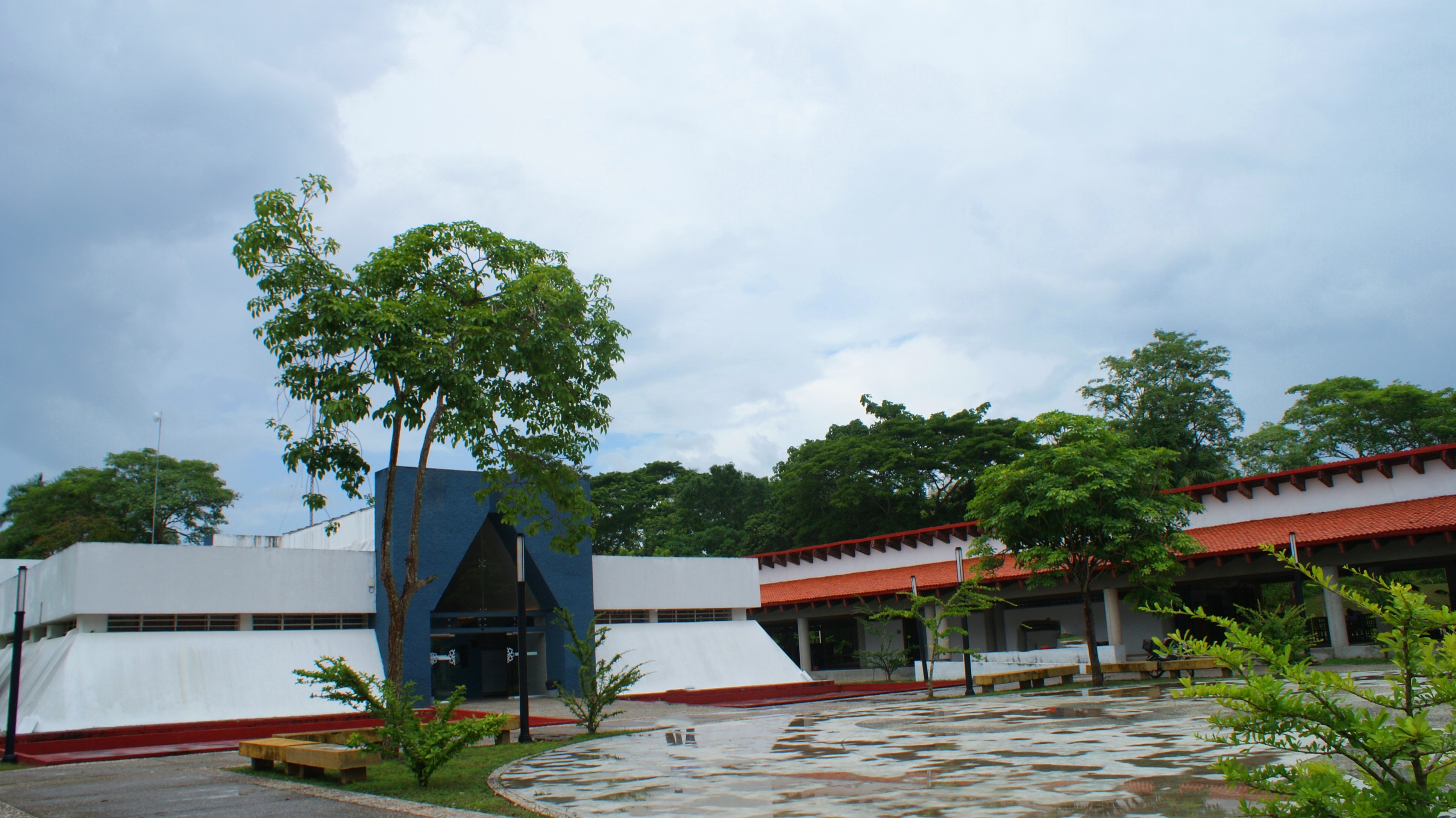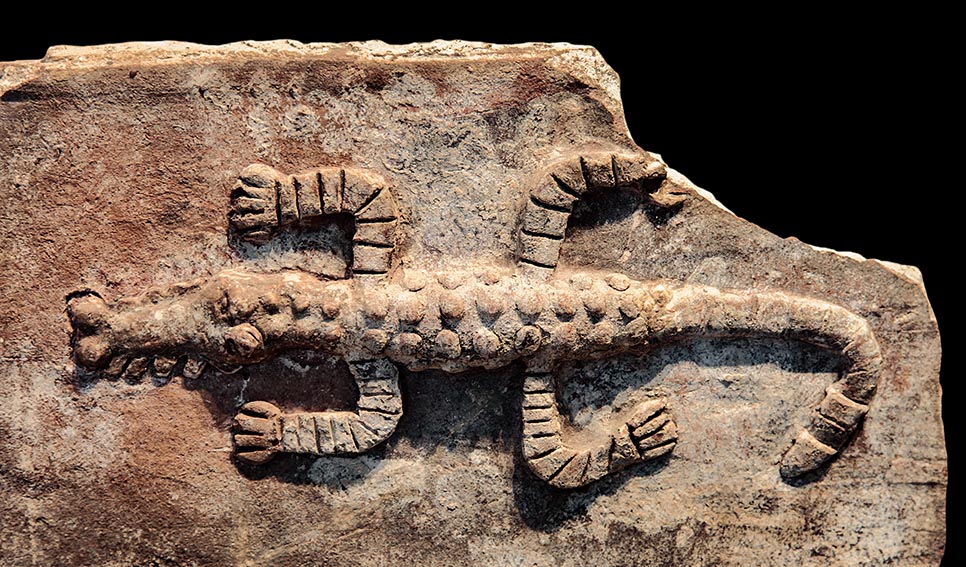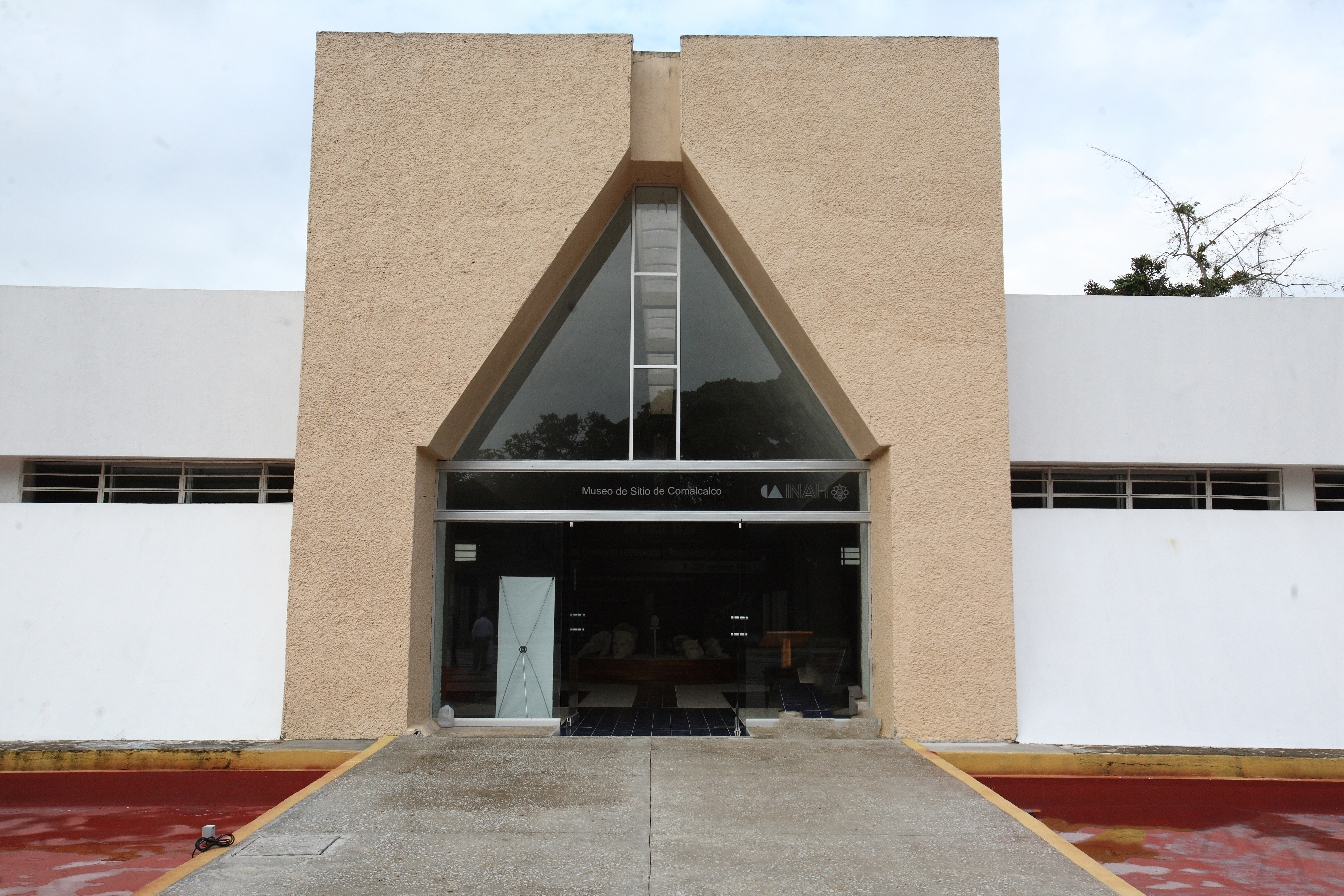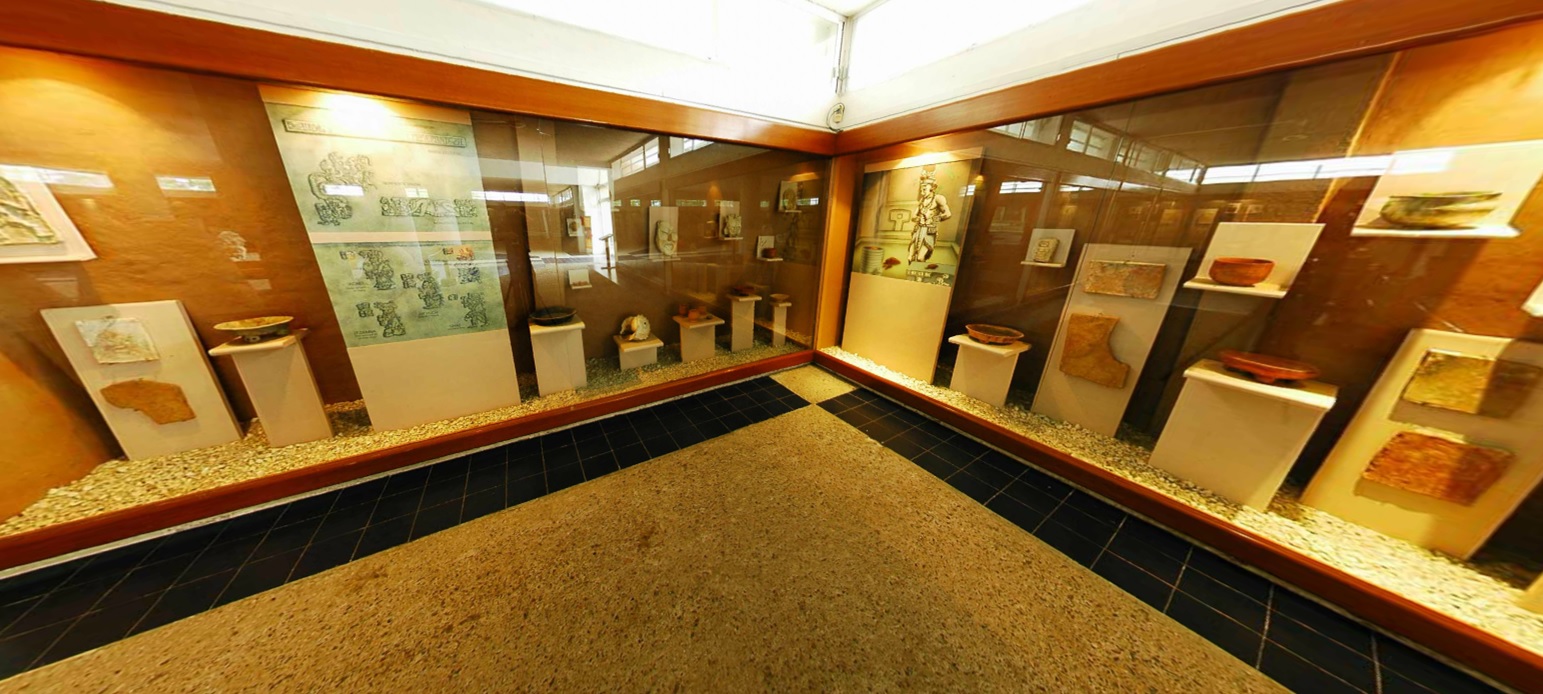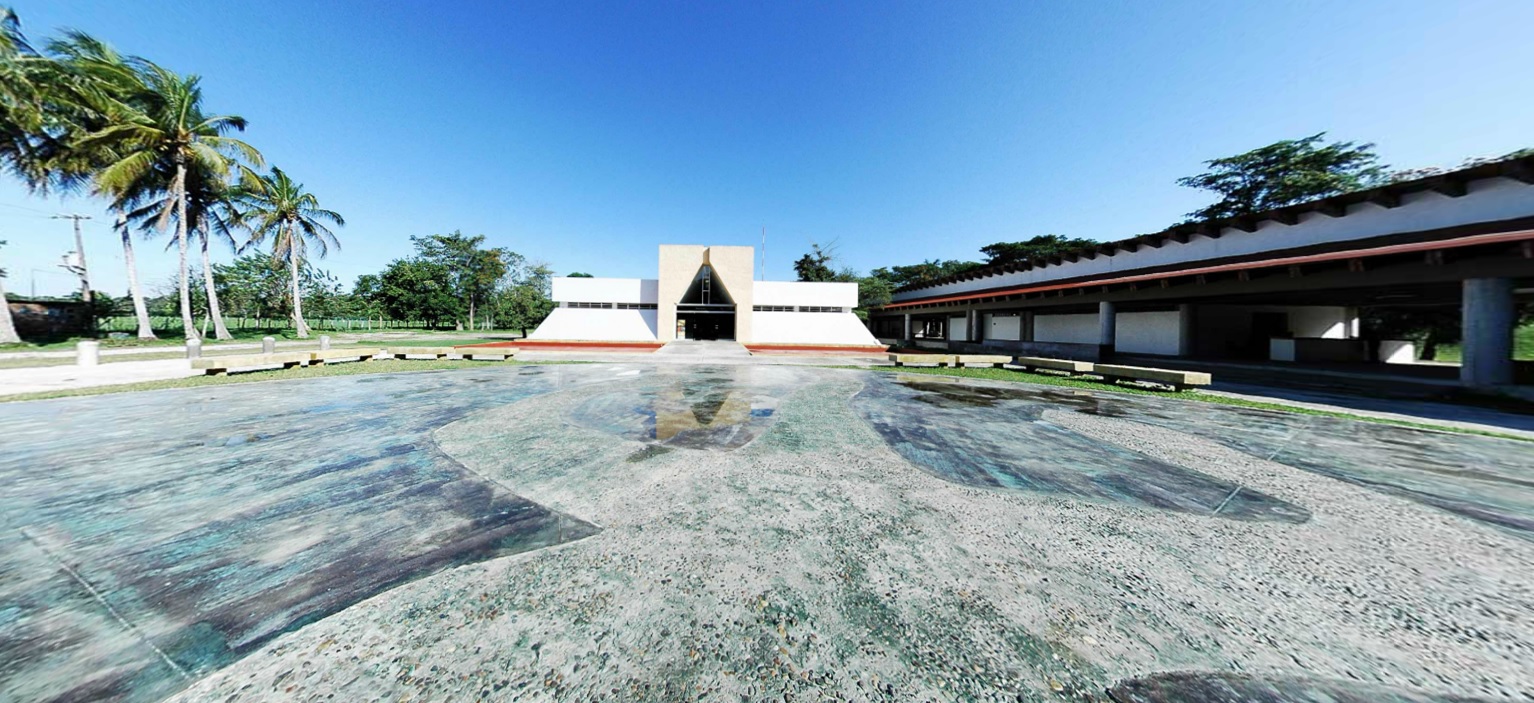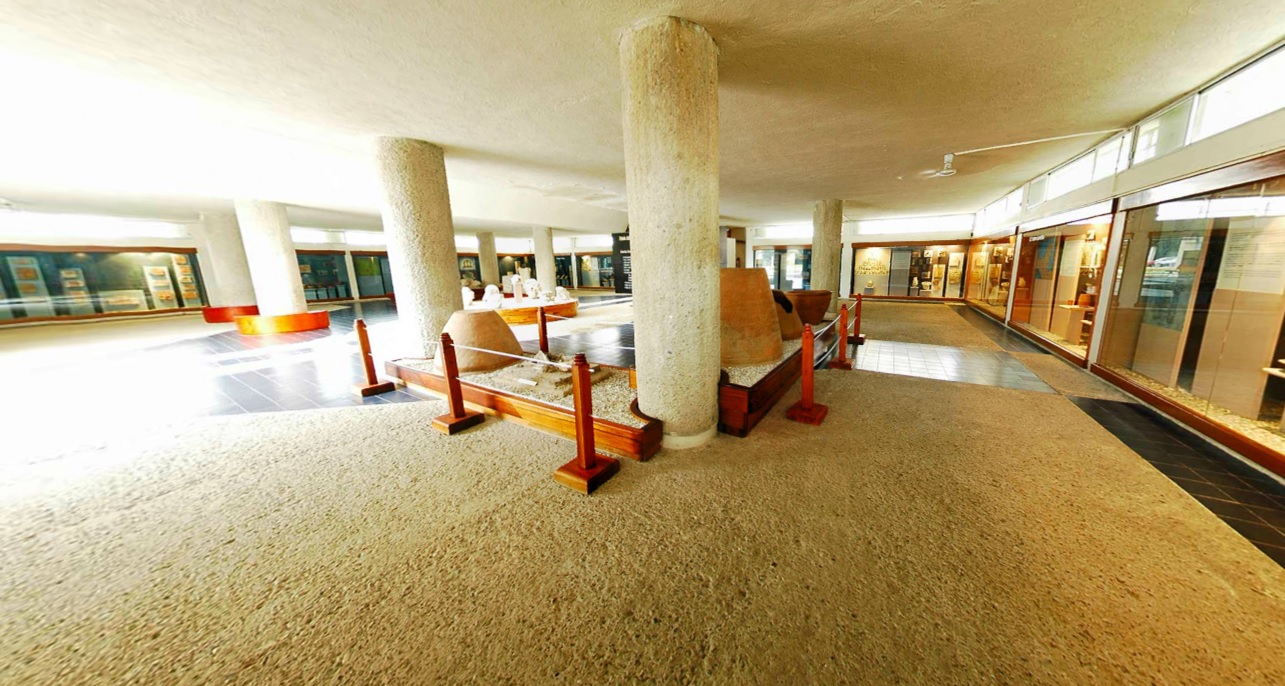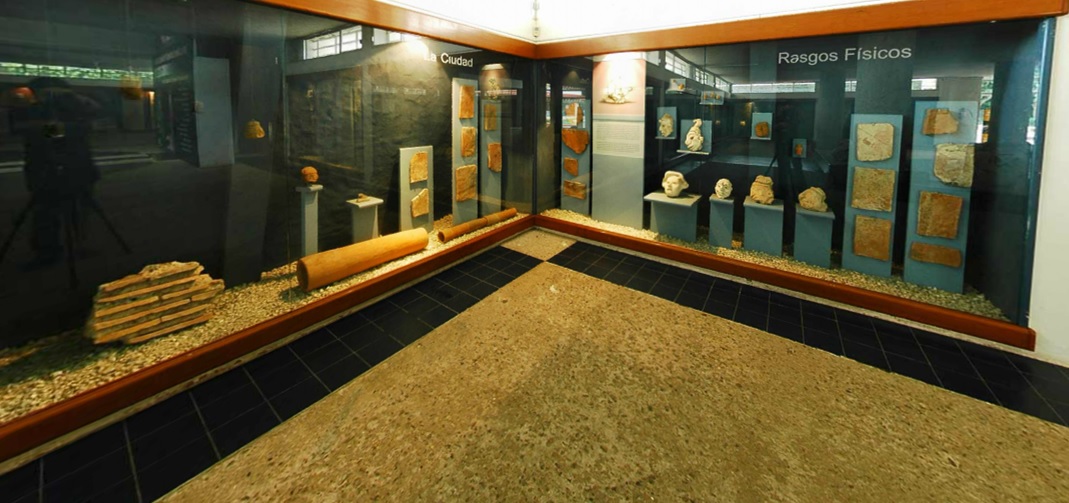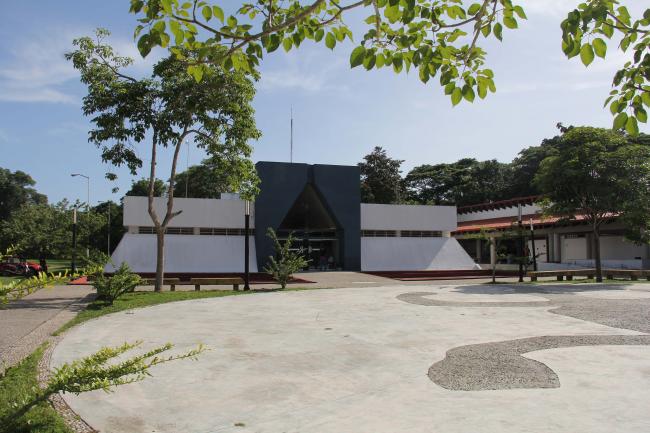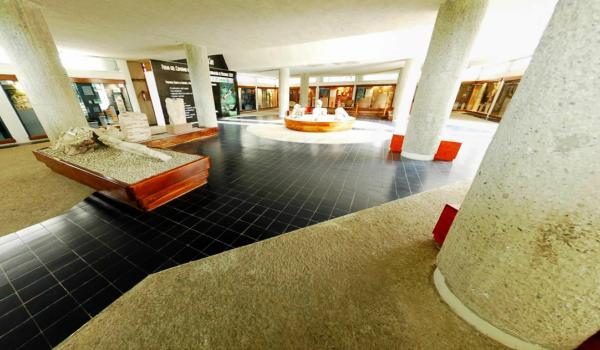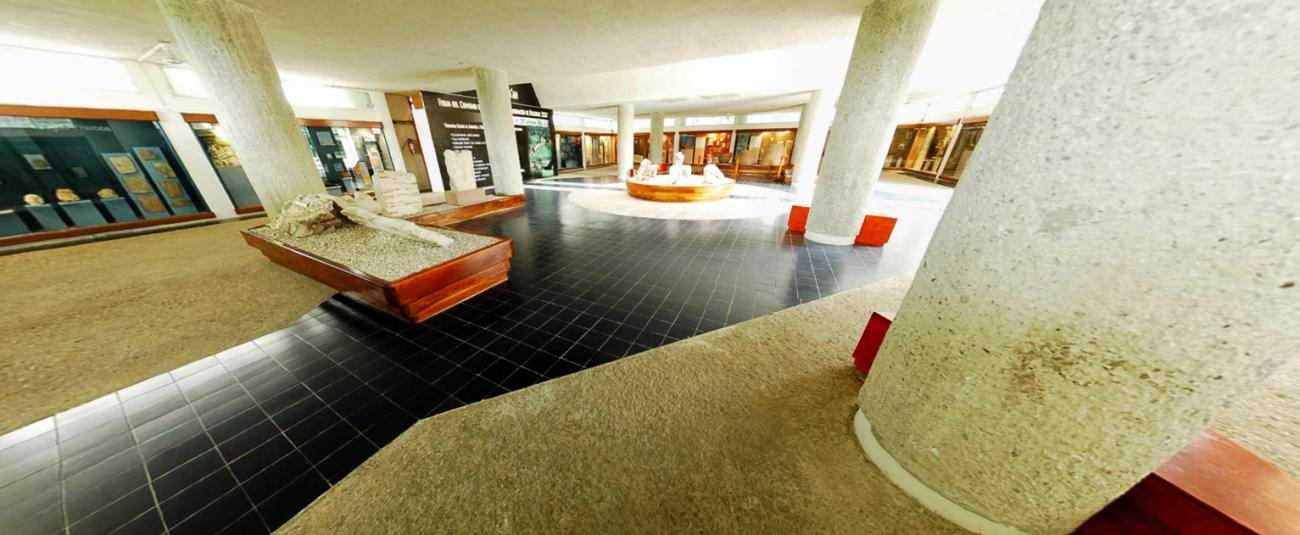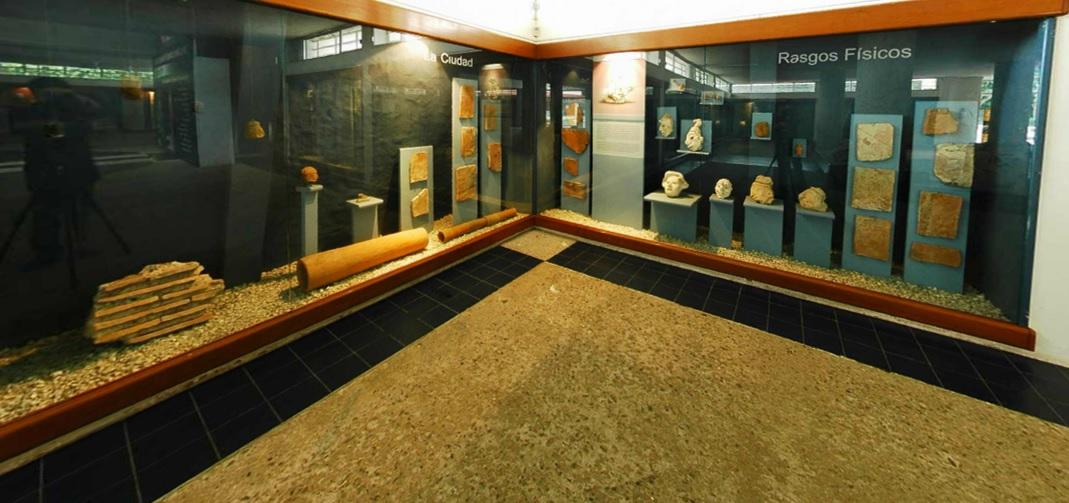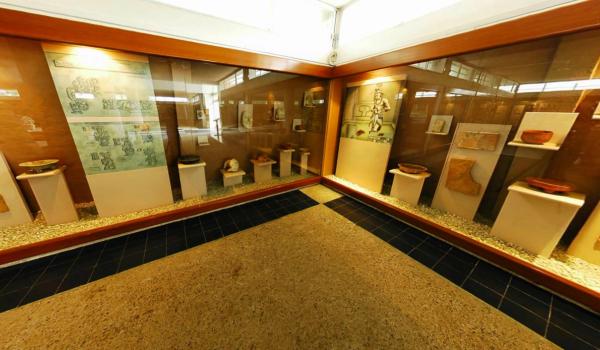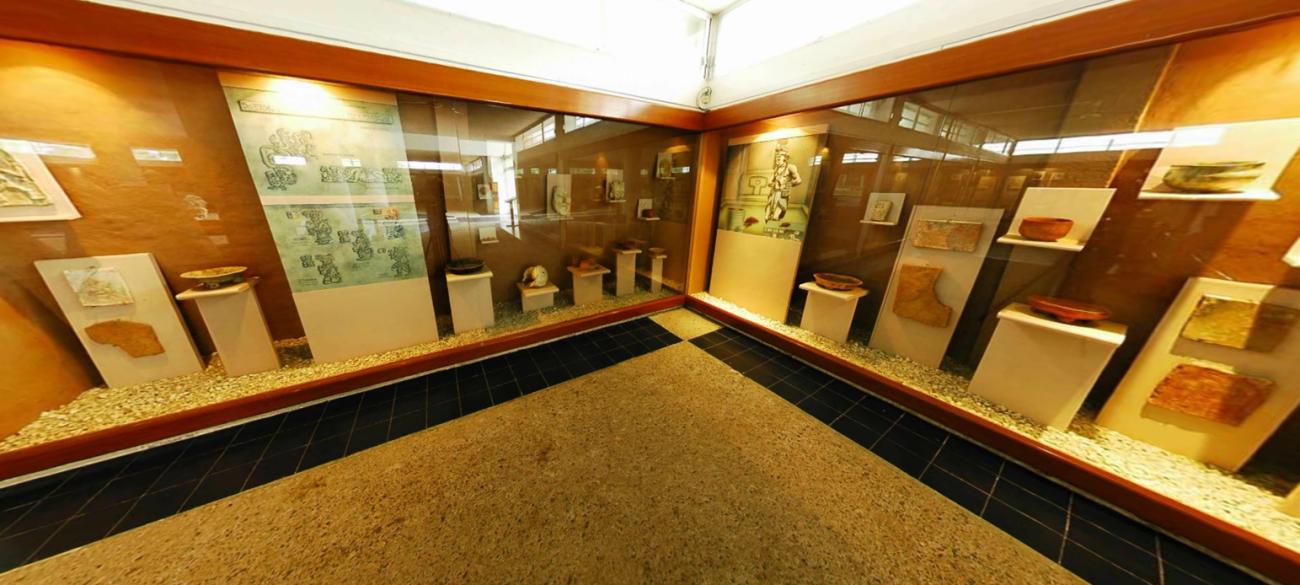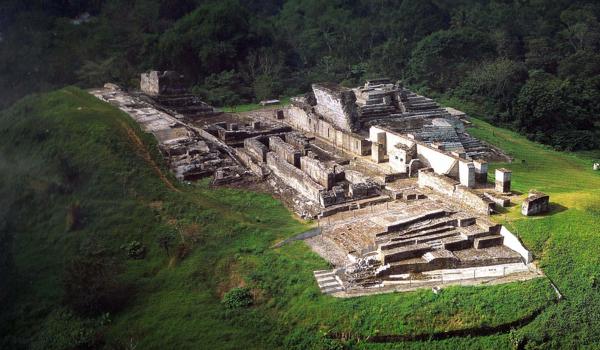The state of Tabasco is mainly a broad coastal plain, crossed by a great many rivers, making for soils rich in clay of different colors and textures. The Maya of Comalcalco, or Joy’Chan of antiquity, used clay as the primary material for making ornaments, small sculptures, funerary urns, pipes, spindle whorls (malacates), musical instruments, vessels and spoons for preparing or serving food, as well as thousands of bricks used to build houses and temples.
The Comalcalco site museum conserves and exhibits a collection of these objects which allows visitors to imagine the stews and drinks prepared in these recipients, and the type of clothing the people wore and how this city’s inhabitants liked to adorn themselves. Lovers of mathematics can also take a challenge to work out the number of bricks it took to build just one of the buildings in Comalcalco. This is based on the dimensions of the bricks, naturally.
The museum’s artifacts come from two collections, the first belonging to the teacher Rosendo Taracena in the 1910s, and the other belonging to the poet Carlos Pellicer prior to 1972. It was not until June 16, 1984 that INAH established the first site museum in Tabasco at Comalcalco, based on a plan by Amalia Cardós. Ten years later the space was renovated, reopening on October 8, using a plan worked out by Román Piña, Ricardo Armijo and Mario Pérez. In 2012 the space was extended with a second gallery prepared by Ricardo Armijo and Miriam Judith Gallegos with a new plan and new contents. The exhibition also expanded with the display of a few previously unseen pieces that had been discovered during the most recent archeological excavations.
The Comalcalco Site Museum is a public space dedicated to understanding and questioning the present though the past, allowing us to discuss the place of man and his context through history. It is a melting pot of human interaction which safeguards the common heritage, the root of identity.









